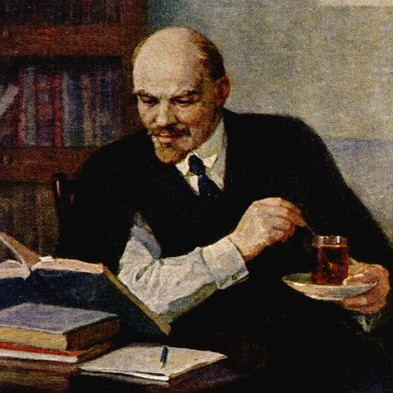

Image 5
The difference is that New Thought is a reaction to (and “treatment” of?) Calvinism, encouraging compulsive suppression of negative feelings instead of positive ones. In the 1850s there was an epidemic of “nuerasthenia” which Phineas Quimby, the eclectic founder of New Thought, determined was a result of the negative thinking of Calvinism. Thus, it could be solved by his good vibes and positive thinking. Apparently, William James, the founder of American psychology was like “it’s popular so it probably works. I love being an American.”
It seems that, whereas Calvinism served the early development of capitalism (as Weber famously claimed), positive thinking serves well as superstructure for the atomized neoliberal [proletarian] “consumer.” The locus of each problem is in the negative thoughts of the victim.
image 6
Positive thinking was especially popular in the 00’s, encouraging average people to build risky debt and mortgage houses, and leading to irrationalism among business people: keep being optimistic and the growth will never stop. If you bring down the vibe with skepticism, you’re fired. Ehrenreich also finds this played a role in the dot com bubble and invasion of Iraq.
Obviously it was a crisis of capitalism—such things can never be staved off perpetually—but it is interesting to examine the role of the capitalist superstructure.
Image 7
Barbara Ehrenreich, whose book Bright-sided is the source for the latter three, got breast cancer and hated endless vibemongering toxic positivity and phony science backing the idea that constant work to think positively is necessary to survive cancer. Quite an interesting read. I hate bourgeois ideology more with each book.




I assume you guys will freak out over criticism of this dear “science” less than but just in case, please read the end notes. No, my use of historical facts (slide 2 pertains most to the 1930s-60s) is not demanding everyone individually stop taking meds or going to therapy.
but just in case, please read the end notes. No, my use of historical facts (slide 2 pertains most to the 1930s-60s) is not demanding everyone individually stop taking meds or going to therapy.
